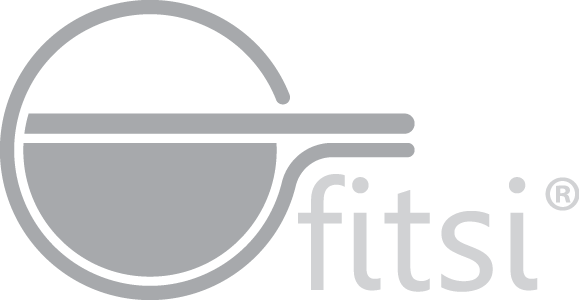We interviewed John Ekholm, Fitsi Health's Director of Product Design, on designing for medical spaces and how he collaborated with Fitsi Founder, Kathleen Puri, RN to design Fitsi. John holds a B.A. in Biological Science from the University of Chicago as well as a master's degree in Product Design and Development from the Illinois Institute of Technology.
How did you get interested in designing for medical spaces?
The medical industry is a frequent topic for design school projects, and for good reason. It certainly is fertile ground for design and innovation. There are so many areas where fresh ideas can have a huge effect, and the potential for improving the experiences and outcomes of patients makes these projects easy to get excited about. I have always been interested in biological science and medicine (my undergraduate degree is in biology), so I suppose it was only natural for me to gravitate to medical projects. It so happens that my graduate schooling in design also coincided with illnesses among a few close friends and family. I was in a position where I was exposed to healthcare environments and patient experiences outside of school and was seeking opportunities to feel that I was making a contribution through my school work. As a result, the many medicine related design projects at school became a perfect outlet, and I immediately found them to be both more interesting and more fulfilling than the other projects I had been involved in.
What were some particular challenges designing Fitsi?
Patient comfort and hygiene/infection control are both areas that are replete with unmet needs. When designing a product for such an area it can be difficult to strike a balance between focusing on specific demands and providing a solution that is flexible and general enough to meet a variety of needs. It is very tempting to attempt to address too many needs at once and begin to sacrifice the usability and simplicity of the design. Additionally it was a challenge keep Fitsi’s price point reasonable while also making it stand out from the myriad disposable medical products that a patient normally interacts with.
Patient comfort and hygiene/infection control are both areas that are replete with unmet needs.
How do you decide what will work when designing for medical spaces?
Human factors are always important in design, but particularly so in design for medical environments. Stress and emotions run high, and the demands on both patients and caregivers are frequently overwhelming. In this type of environment functions need to be simple, convenient, and obvious. Users will not have the time to delve into the intricacies of the design, so it needs to be very intuitive. The healthcare environment is also somewhat foreign to those of us who are not healthcare workers, so the demands placed on a product can often be surprising. It is therefore important to get prototypes into real or simulated healthcare scenarios and listen carefully to the insights they provide.
What made the design process for Fitsi unique? Had you worked with a nurse before on design projects?
While I had been involved in projects that included nursing professionals before, this was the first time I worked directly with a nurse in developing a concept. The Fitsi project was especially unique because I was able to take advantage of a close collaboration with an industry expert while also being afforded an extraordinary level of freedom in exploring design concepts. It is rare to have such a combination of guidance and freedom.
How do you see the correlation of design and function?
It is a bit of a cliche, but I do believe in form following function, especially when it comes to the overall character of a design. There is ample opportunity to reinforce and accentuate the form through careful detailing, but I feel that the most successful designs are typically those that address and facilitate their desired function as directly and simply as possible. As an example, the circular shape of Fitsi grew out of two functional demands: The need to allow Fitsi to rotate as a hospital bed changes angle without hitting the bed surface, and the need to provide a handle for quick and easy removal from the bed rail. While we experimented with a number of different forms, we seemed to always return to the circular design. While it was certainly borne out of functional considerations it ended up being the most pleasing aesthetically as well.
What do you love about design? How did you decide to go into this field?
The most rewarding part of design for me is creating a novel solution to a problem. While I have a deep appreciation for the stylistic side of design, for me it is really all about problem solving. I have always been drawn to mechanical objects and have been fascinated with how products work. At the same time, my family placed a strong emphasis on art and design. Growing up with an architect for a father, a musician for a mother, and a big sister in art school, design seemed a natural choice to combine my mechanical interests with the appreciation for art and design that my upbringing instilled in me.






